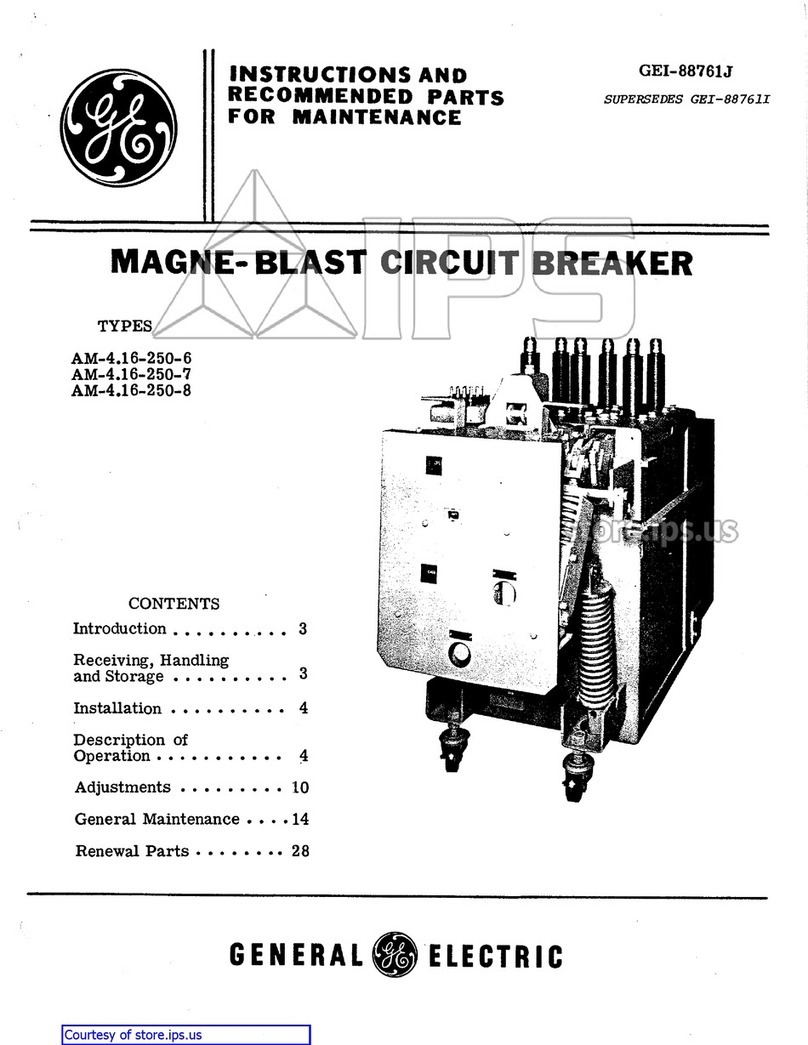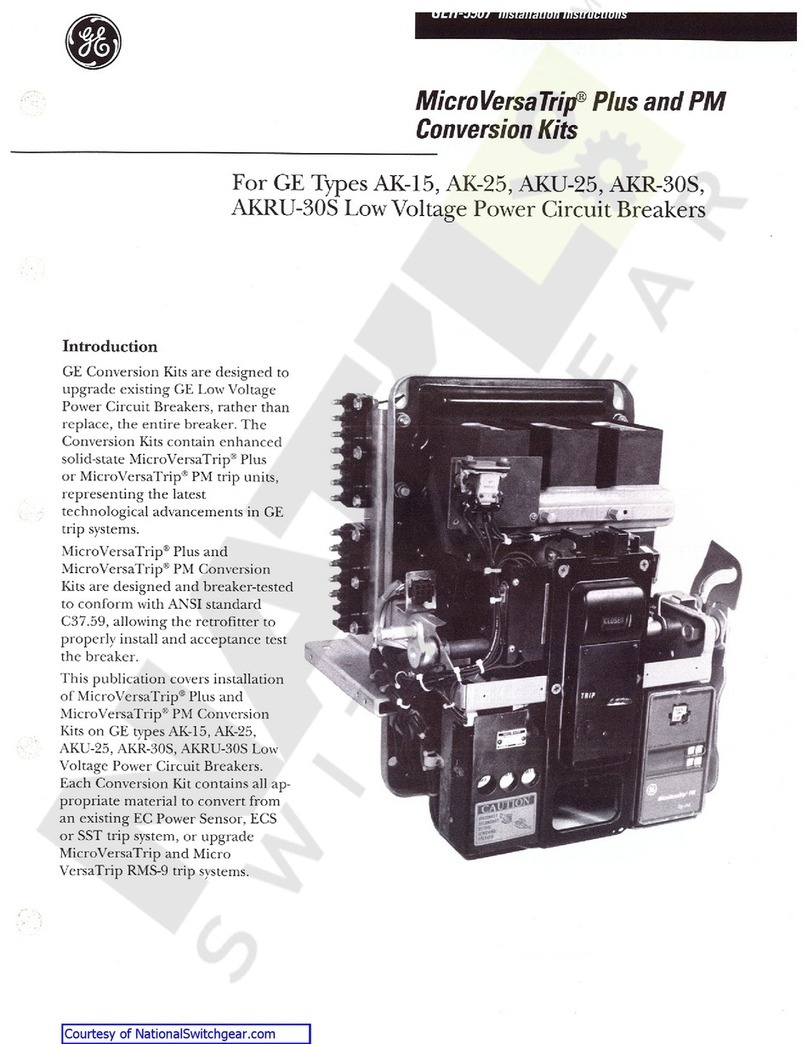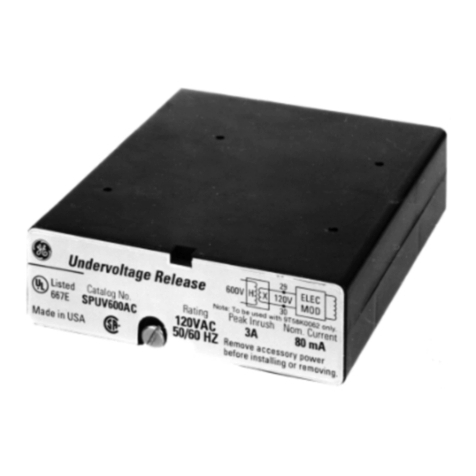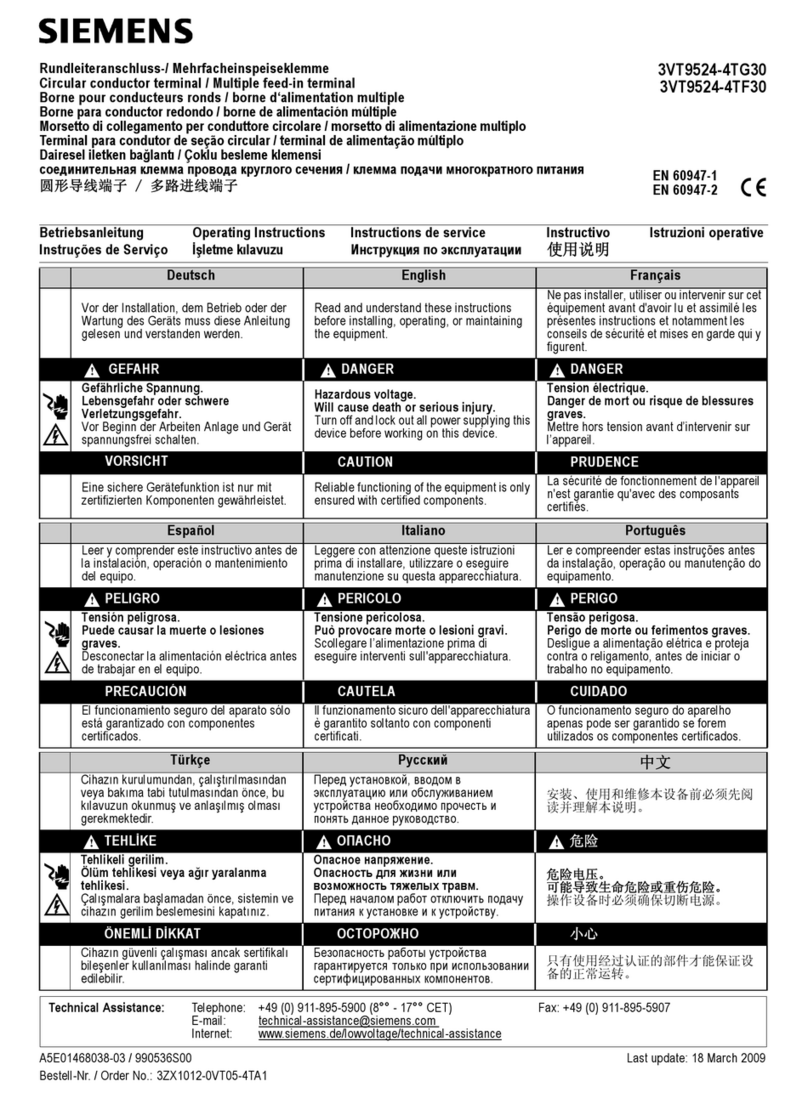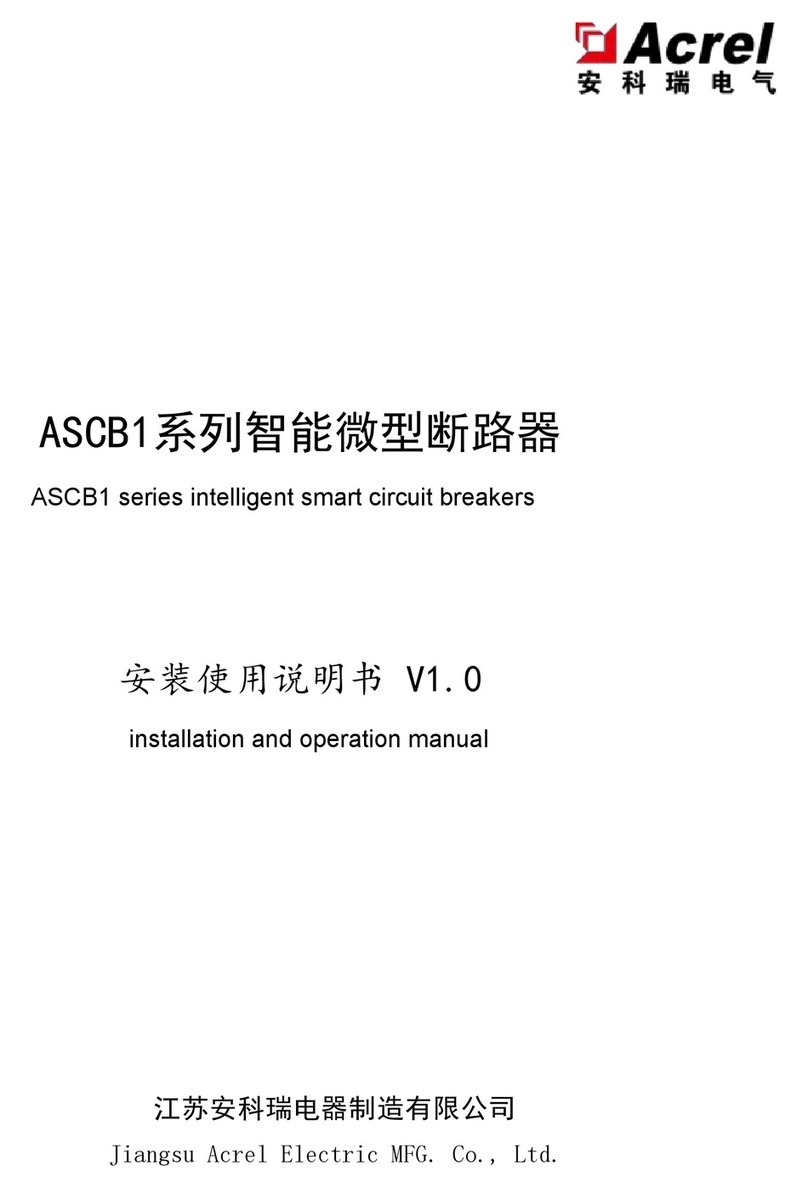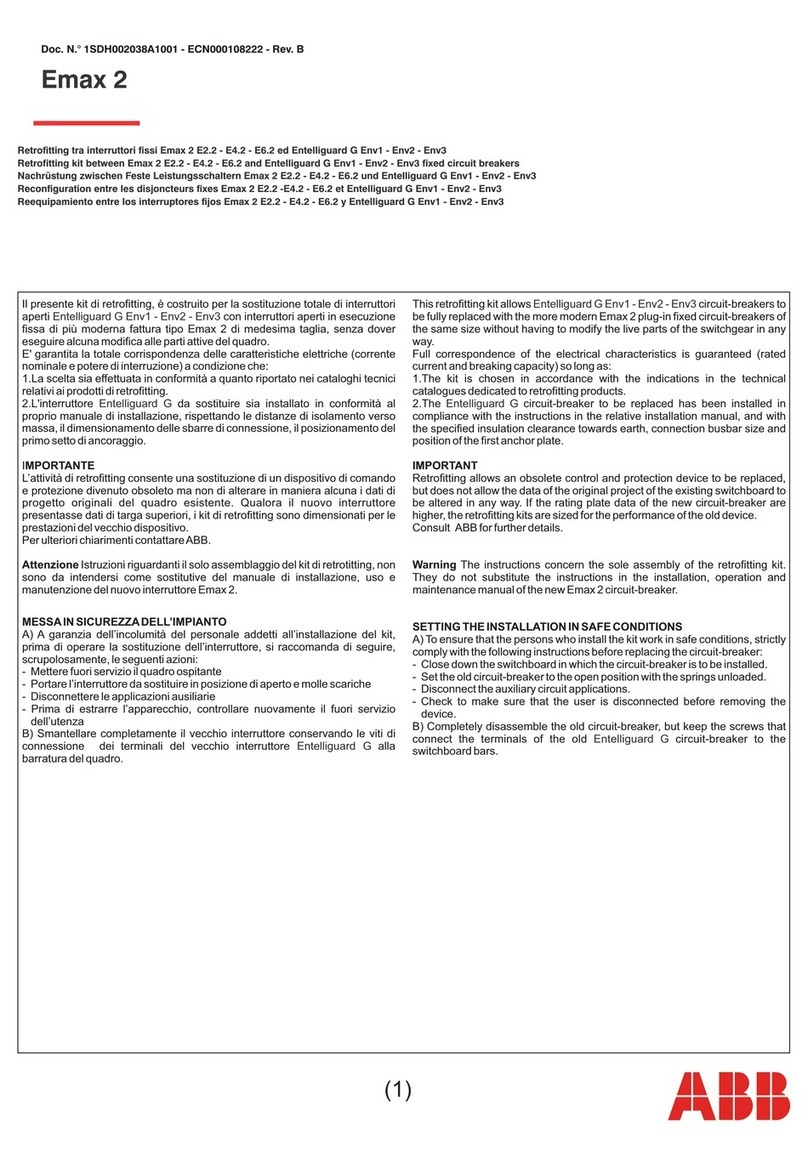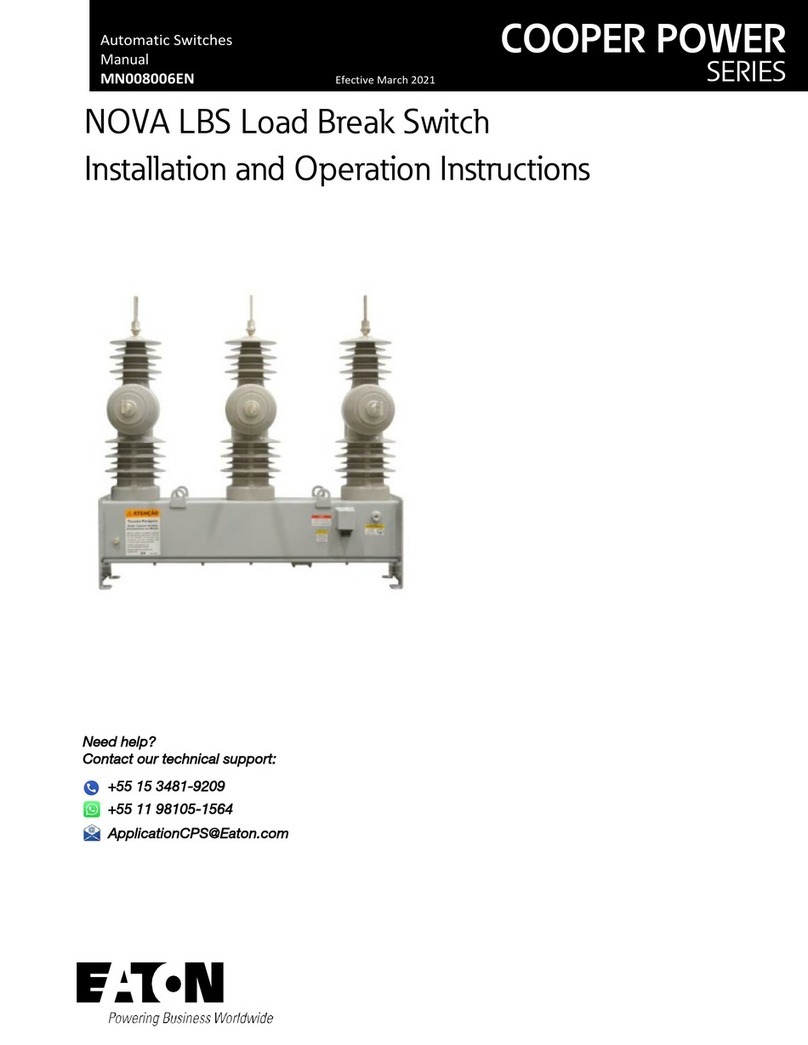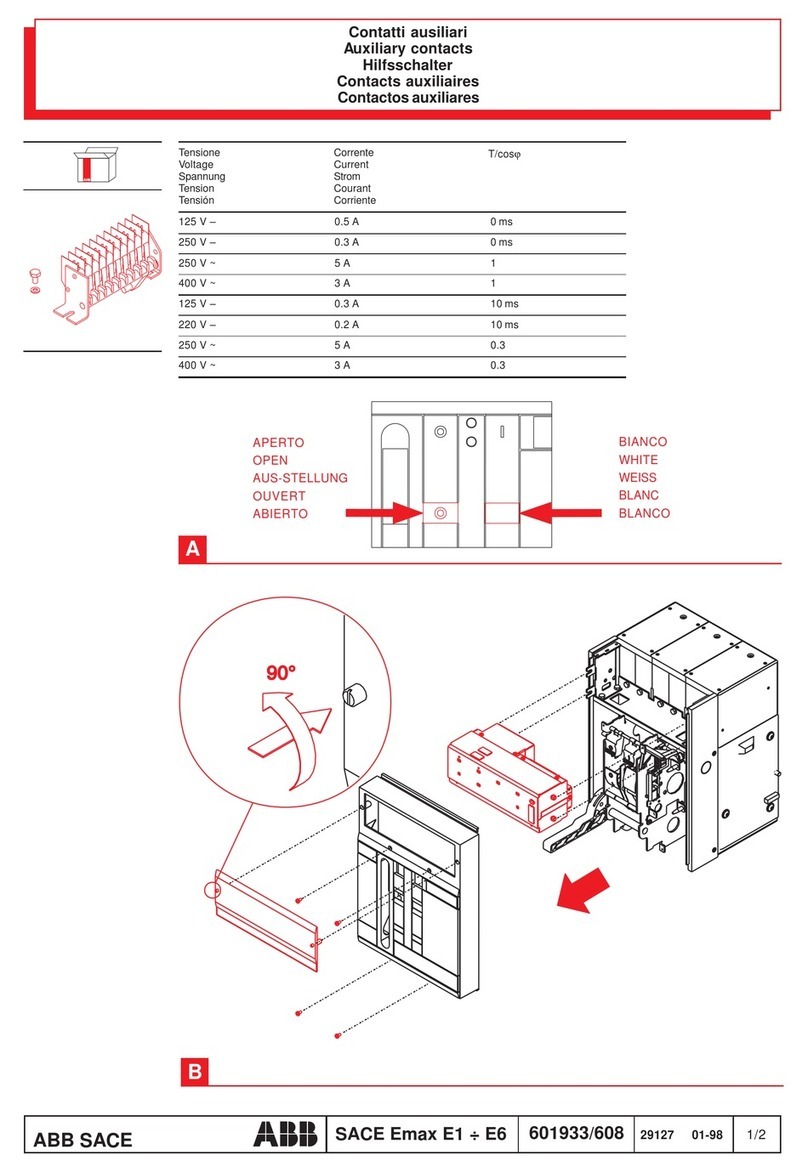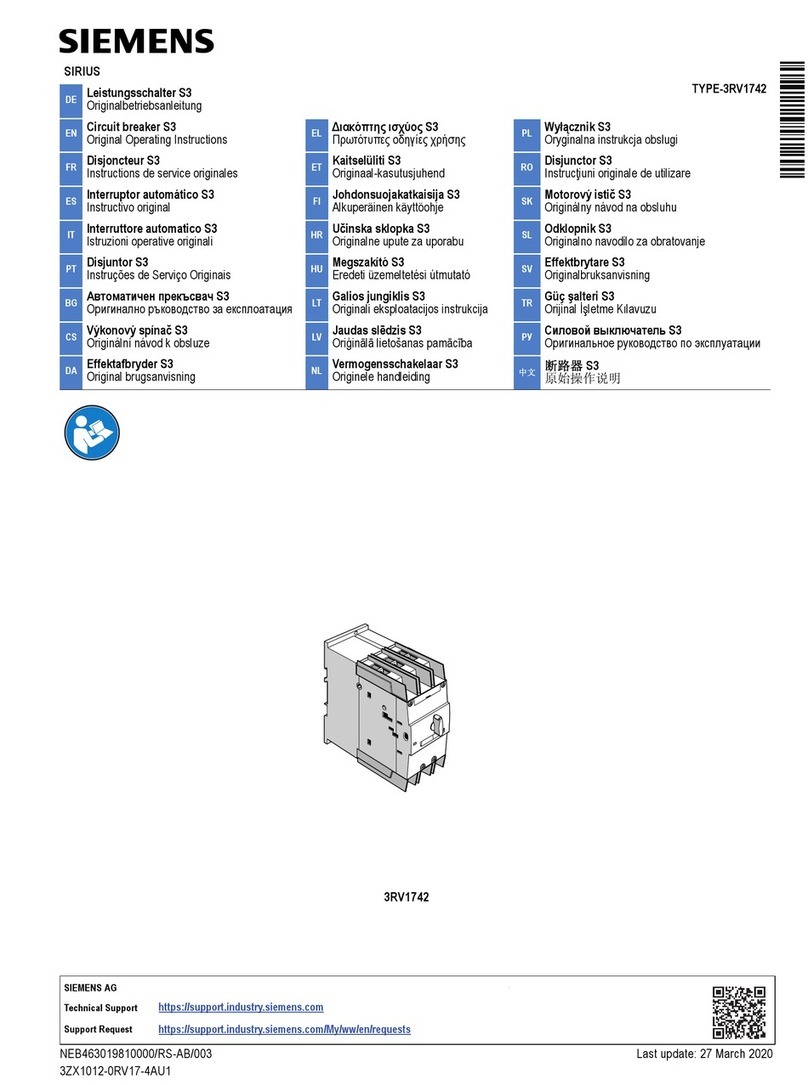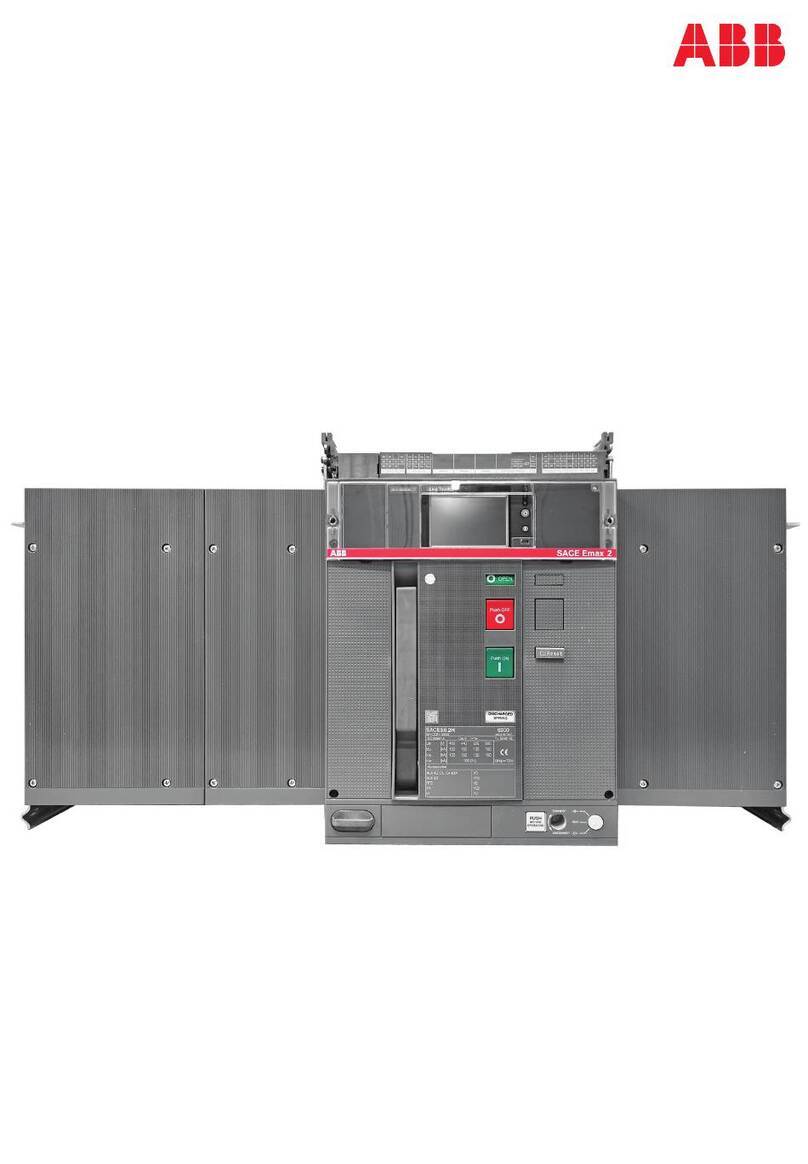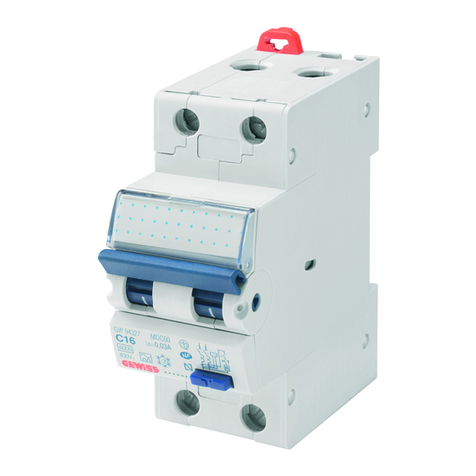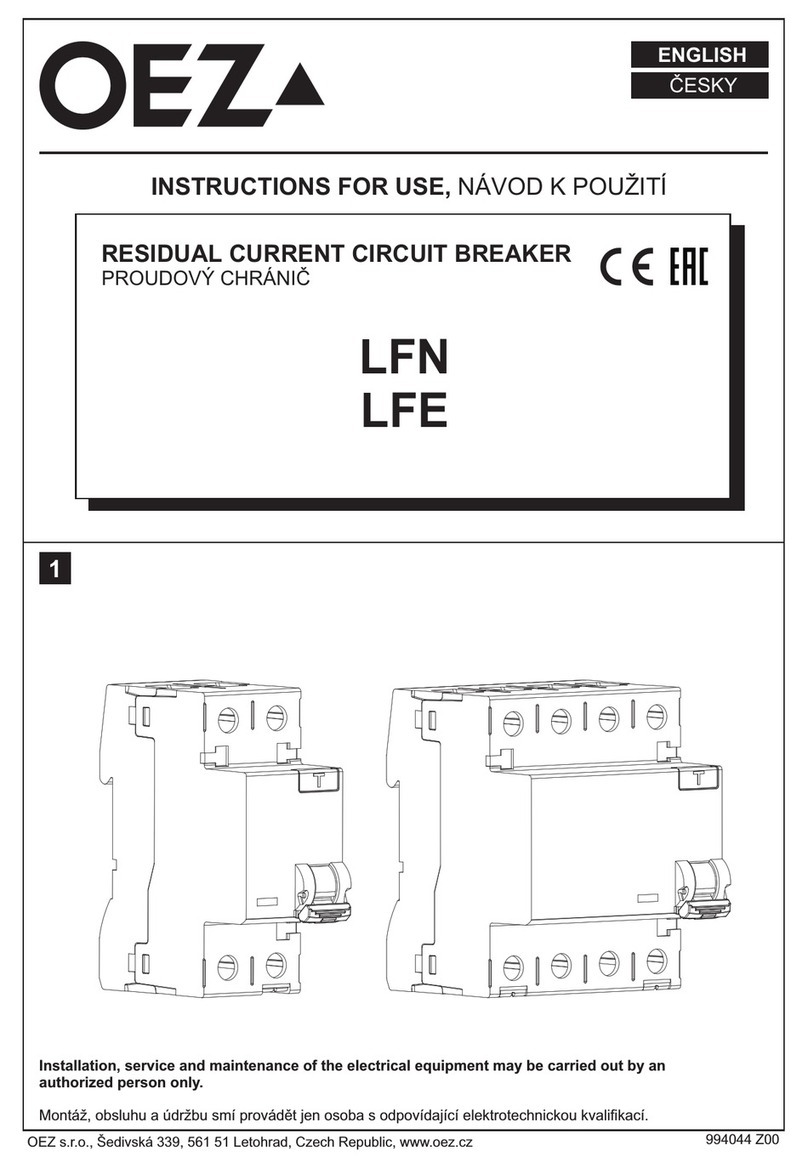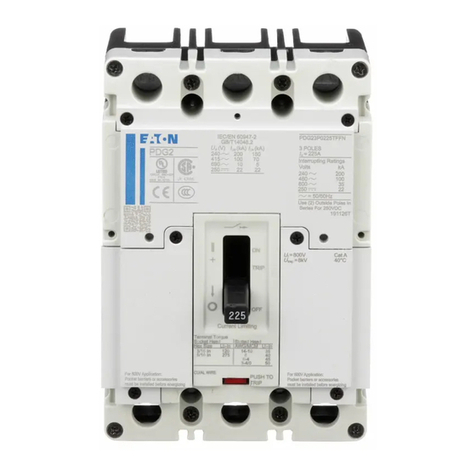GE MicroVersaTrip Plus User manual
Other GE Circuit Breaker manuals
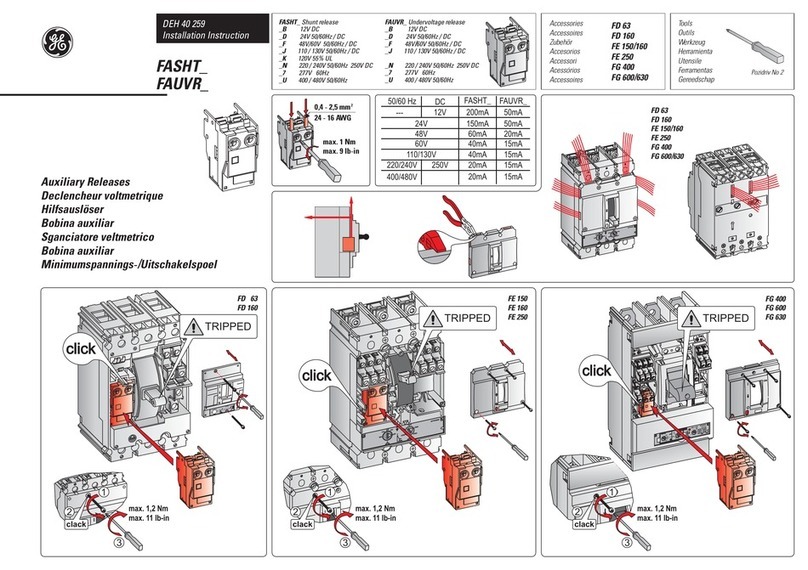
GE
GE FASHT Series User manual
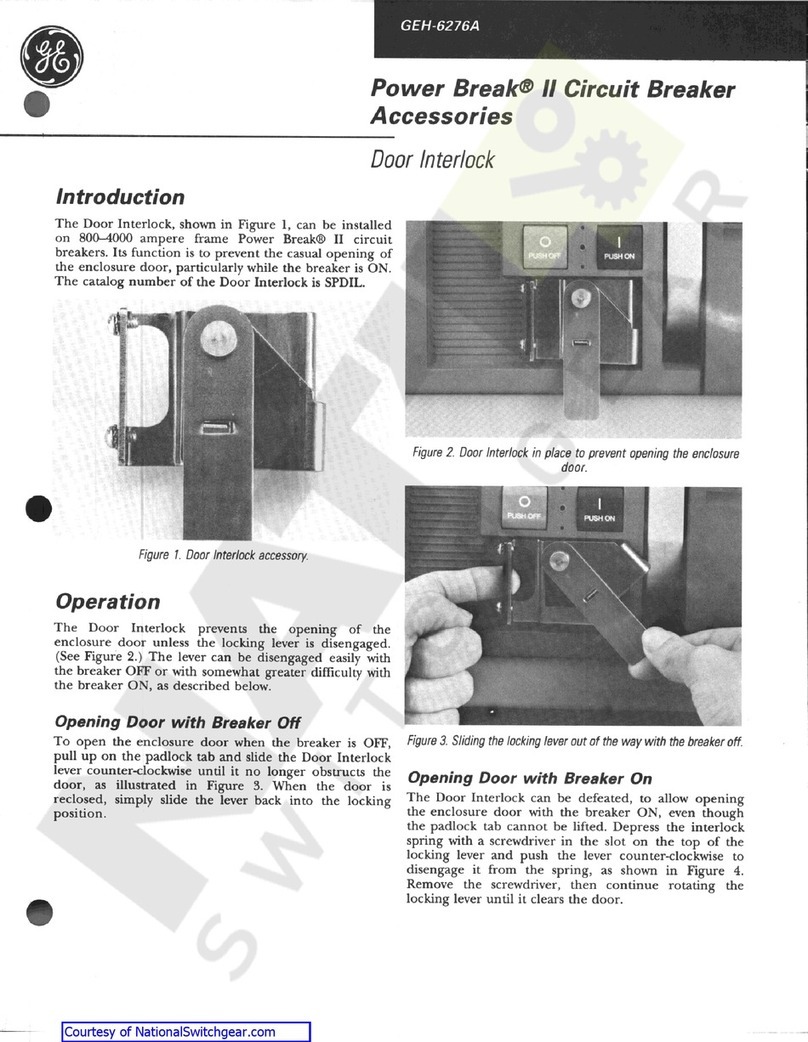
GE
GE Power Break II User manual
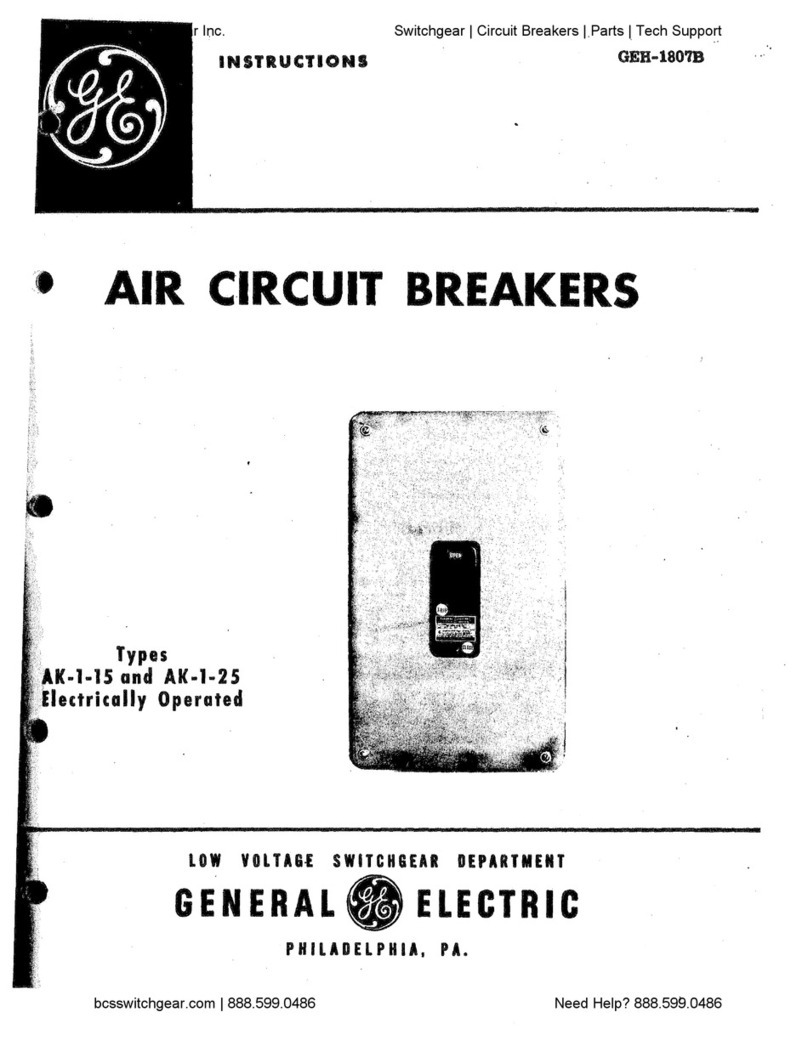
GE
GE AK-1-15 Series User manual

GE
GE AK-1-15 Series Owner's manual
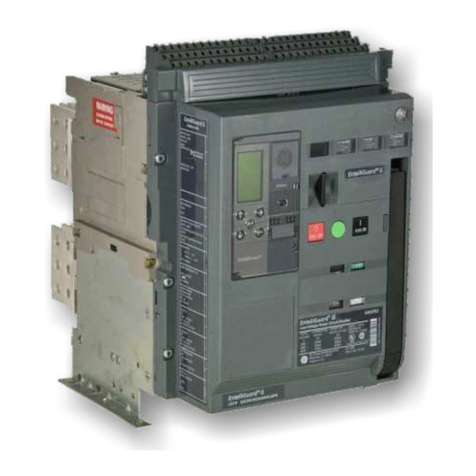
GE
GE EntelliGuard GBKRKR User manual
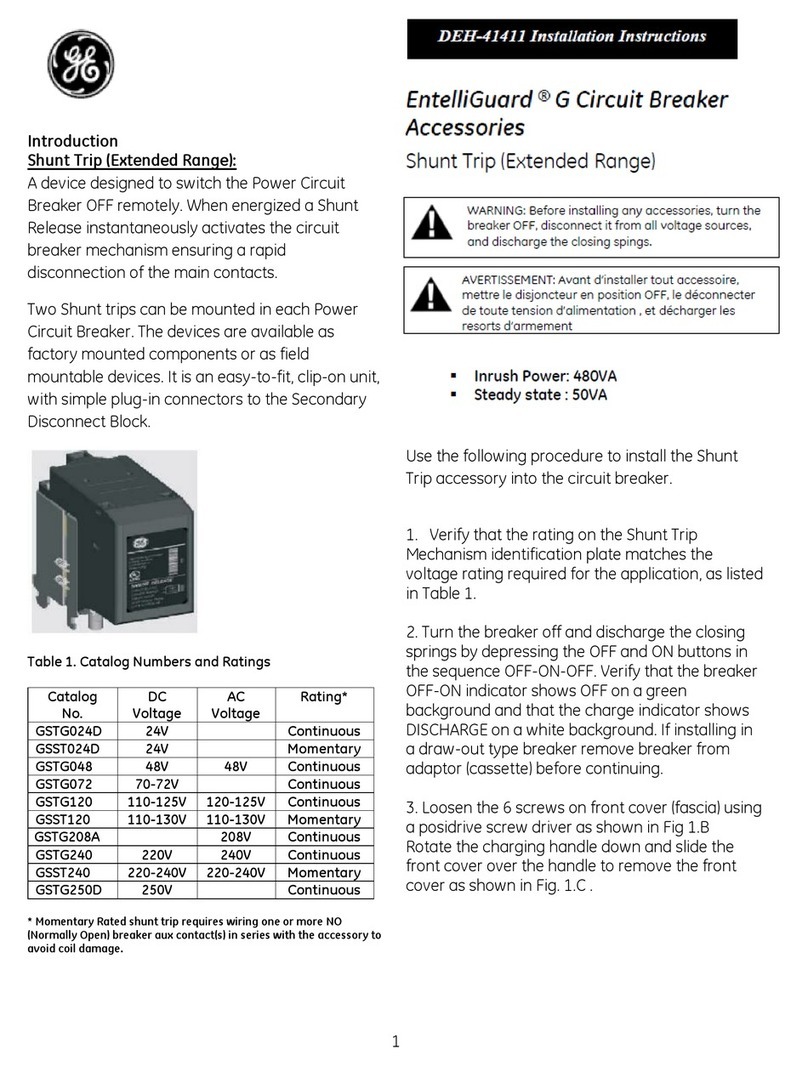
GE
GE GSTG024D User manual
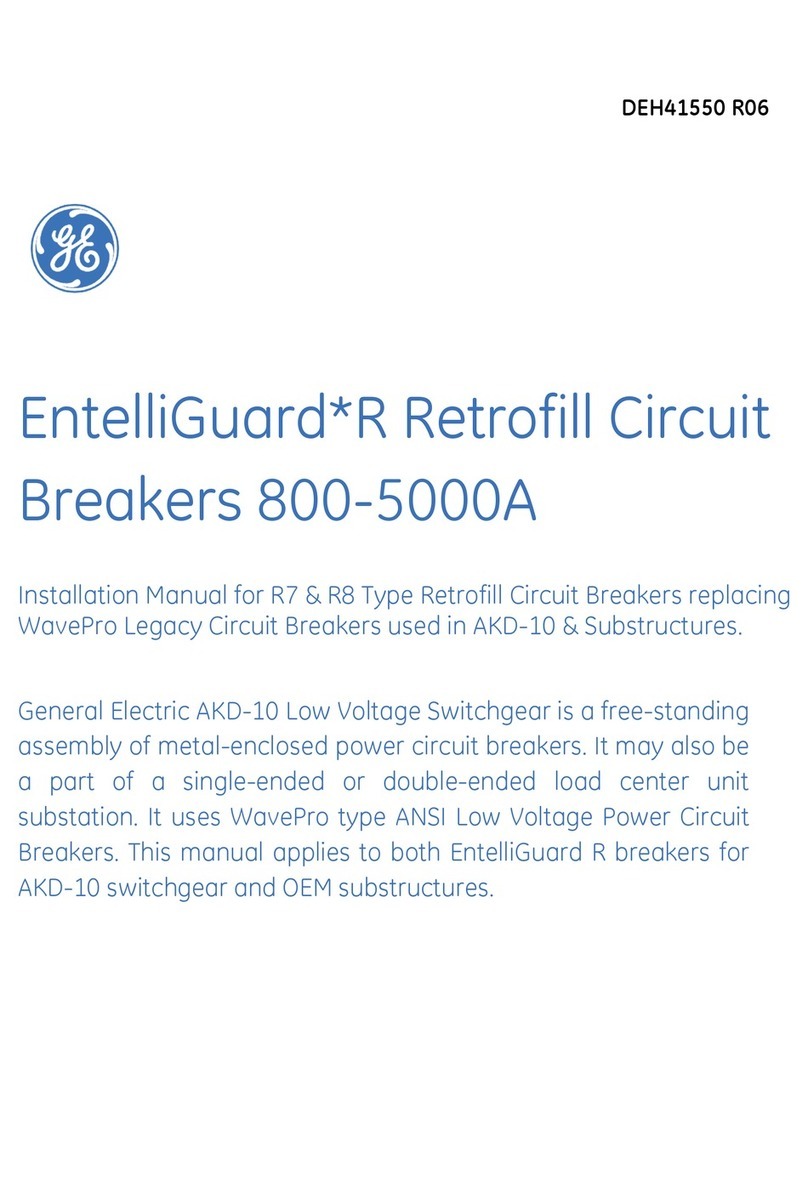
GE
GE EntelliGuard R7 User manual
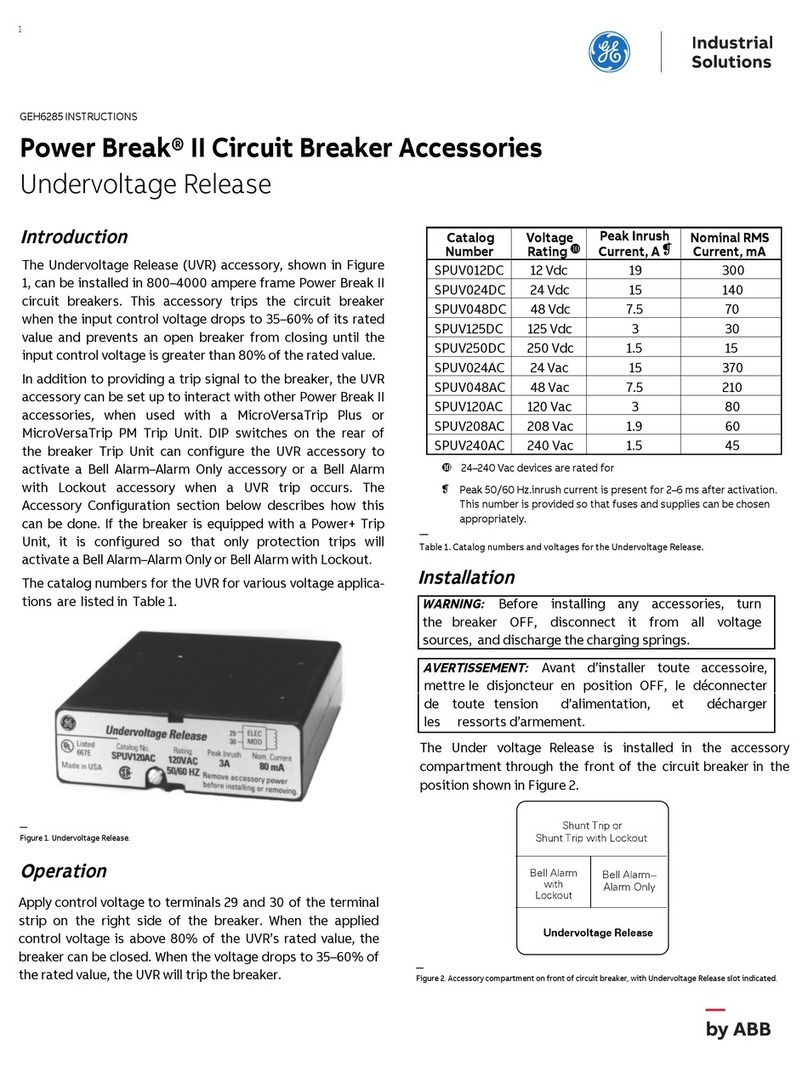
GE
GE Power Break II SPUV012DC User manual
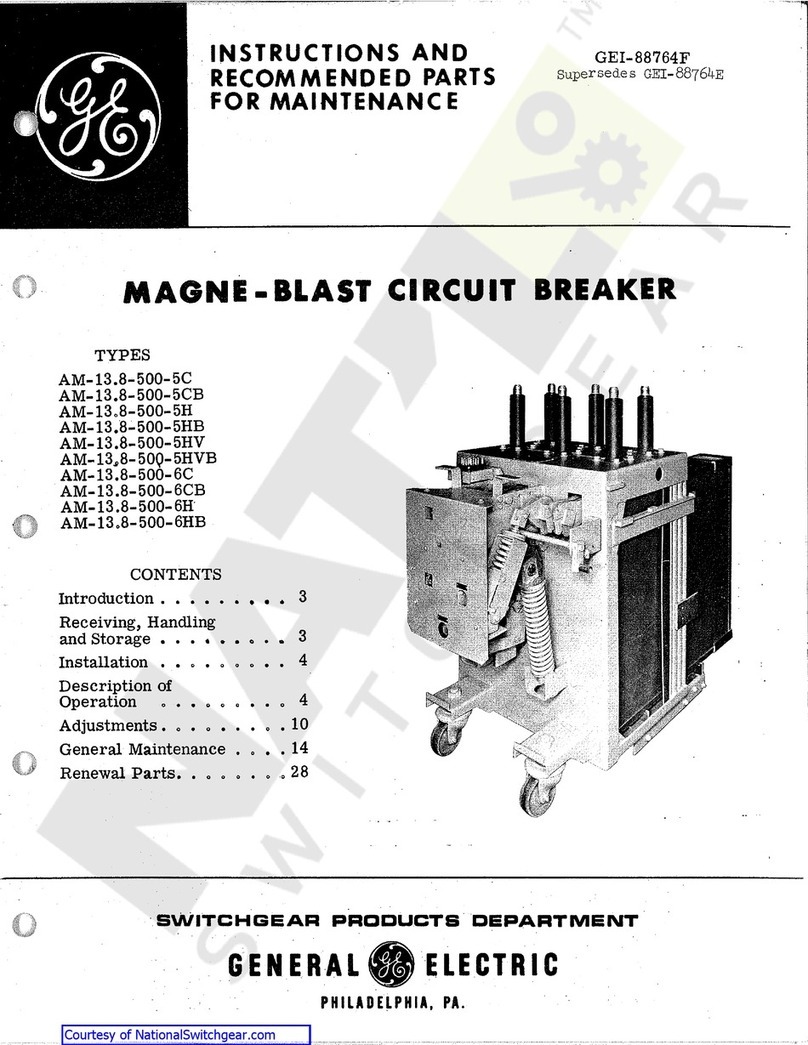
GE
GE AM-13.8-500-5C User manual
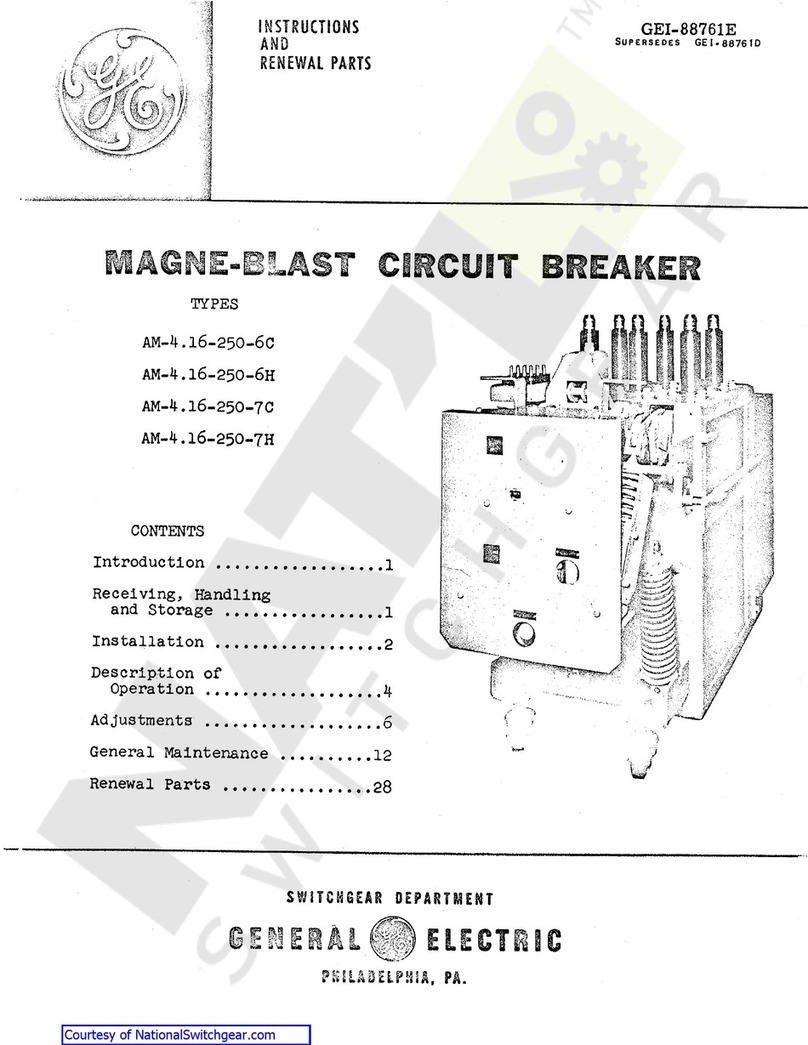
GE
GE AM-4.16-250-6C User manual

GE
GE S2500 User manual

GE
GE GL 310 F3/4031 P/VR User manual
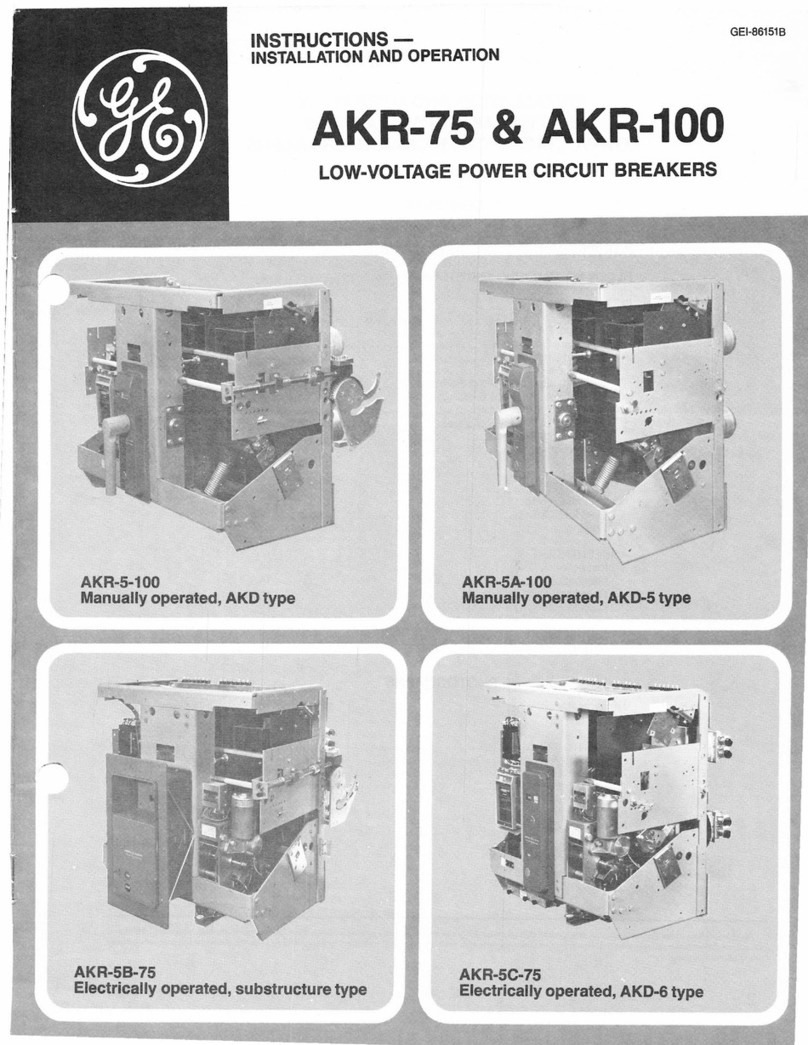
GE
GE AKR-75 Series Programming manual

GE
GE MicroVersaTrip AK-50 User manual

GE
GE Shunt Trip User manual

GE
GE Pro-Stock SF250 User manual
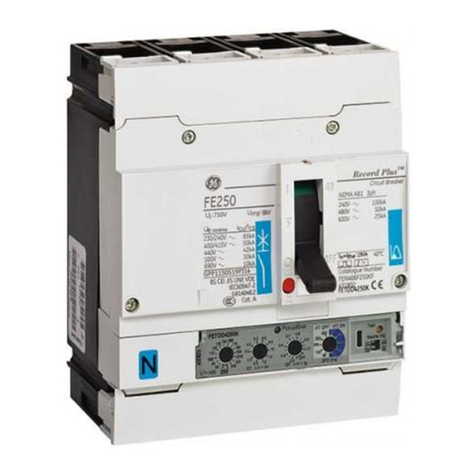
GE
GE FE 160 User manual
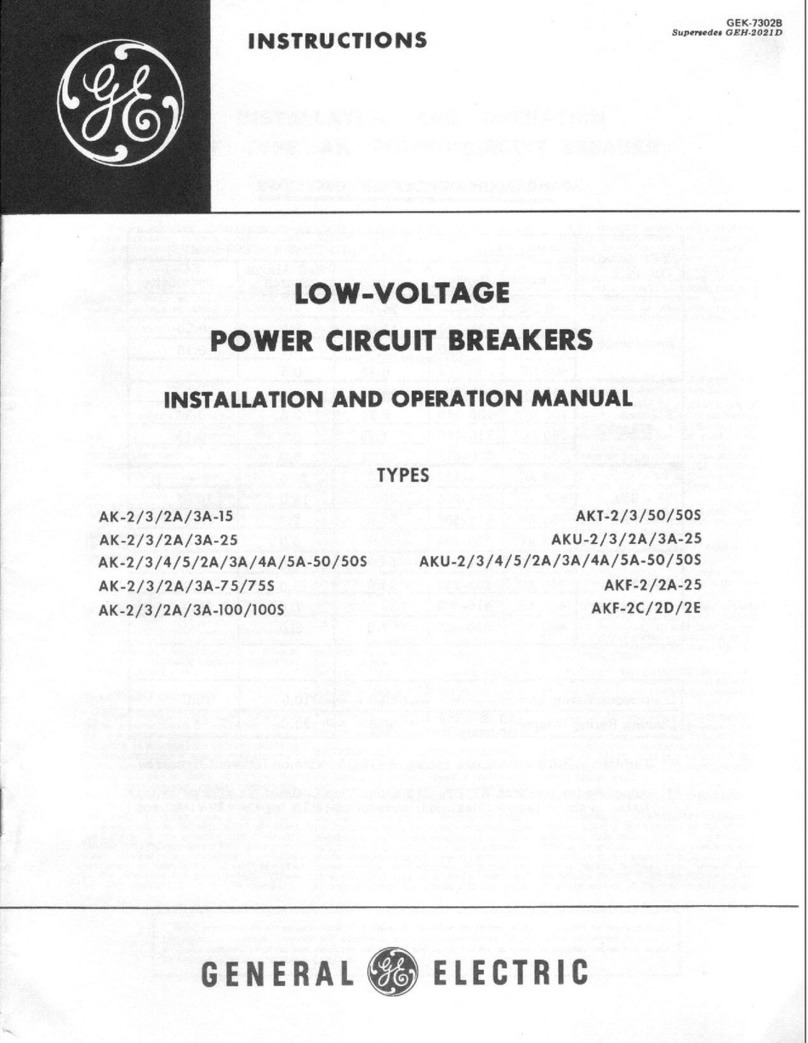
GE
GE AK-2-15 User manual
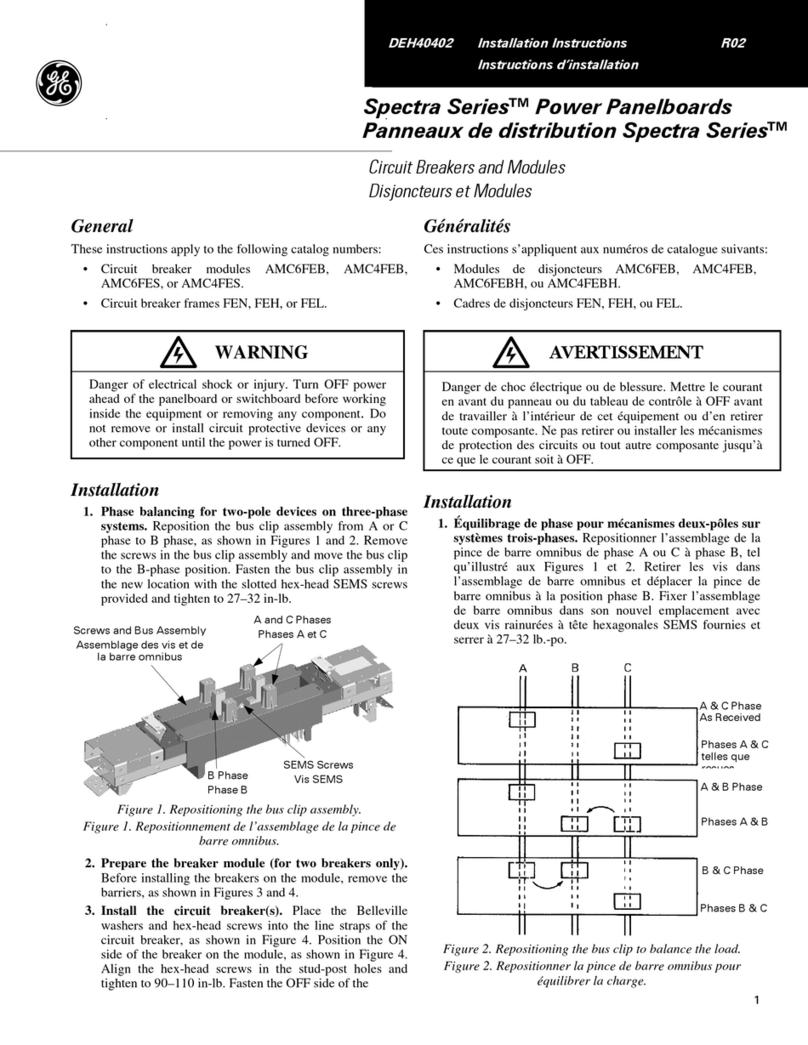
GE
GE Spectra Series User manual

GE
GE Spectra Series AMC6FGB User manual
Popular Circuit Breaker manuals by other brands
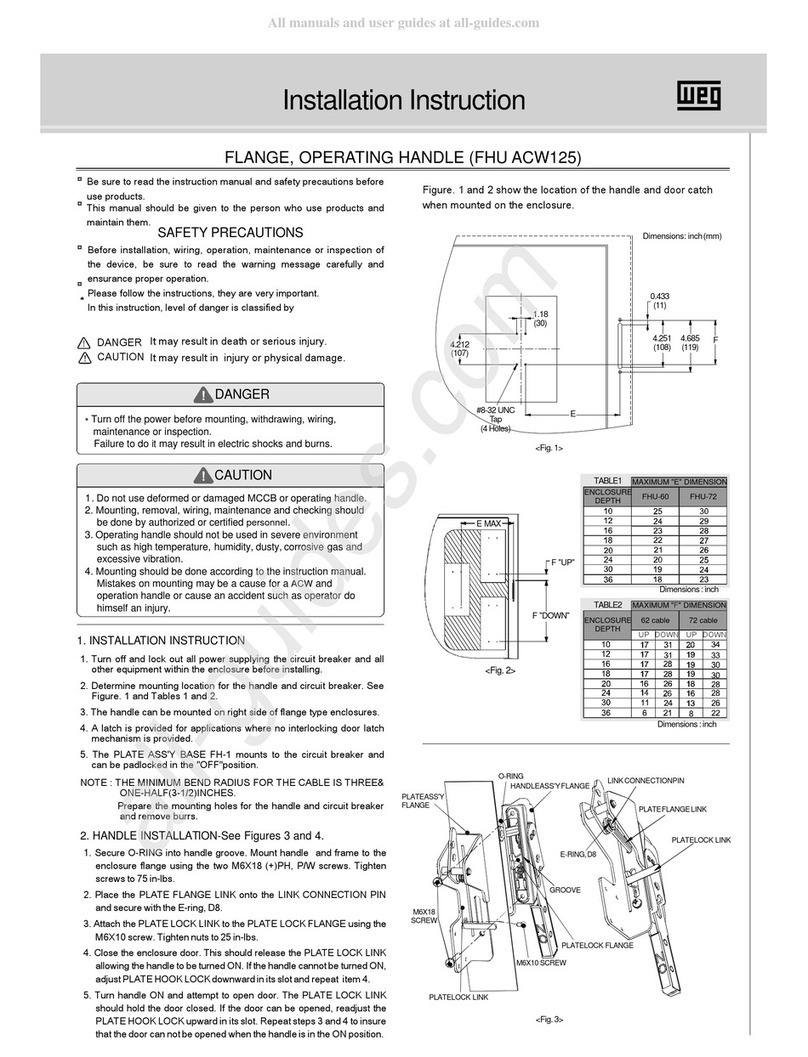
WEG
WEG FHU ACW125 installation instructions
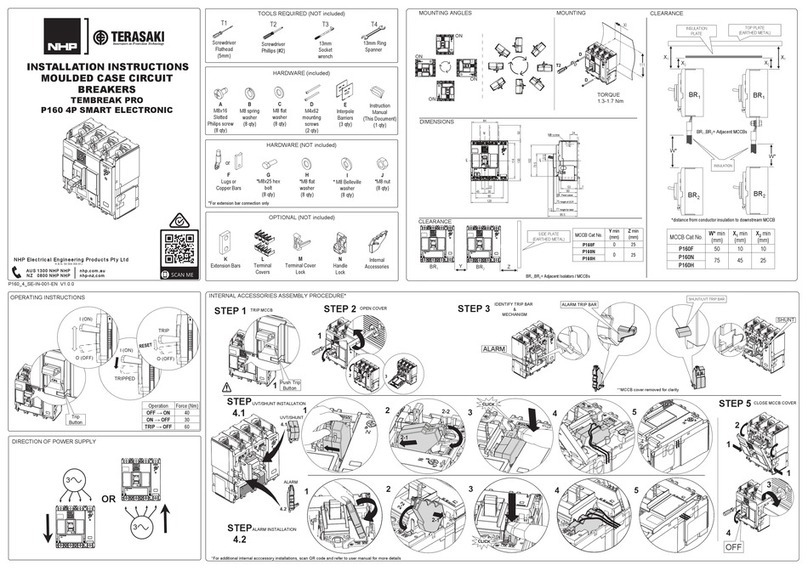
TERASAKI
TERASAKI NHP TemBreak PRO P160 Series installation instructions

Siemens
Siemens Sentron 3VA9157-0PK1 Series operating instructions
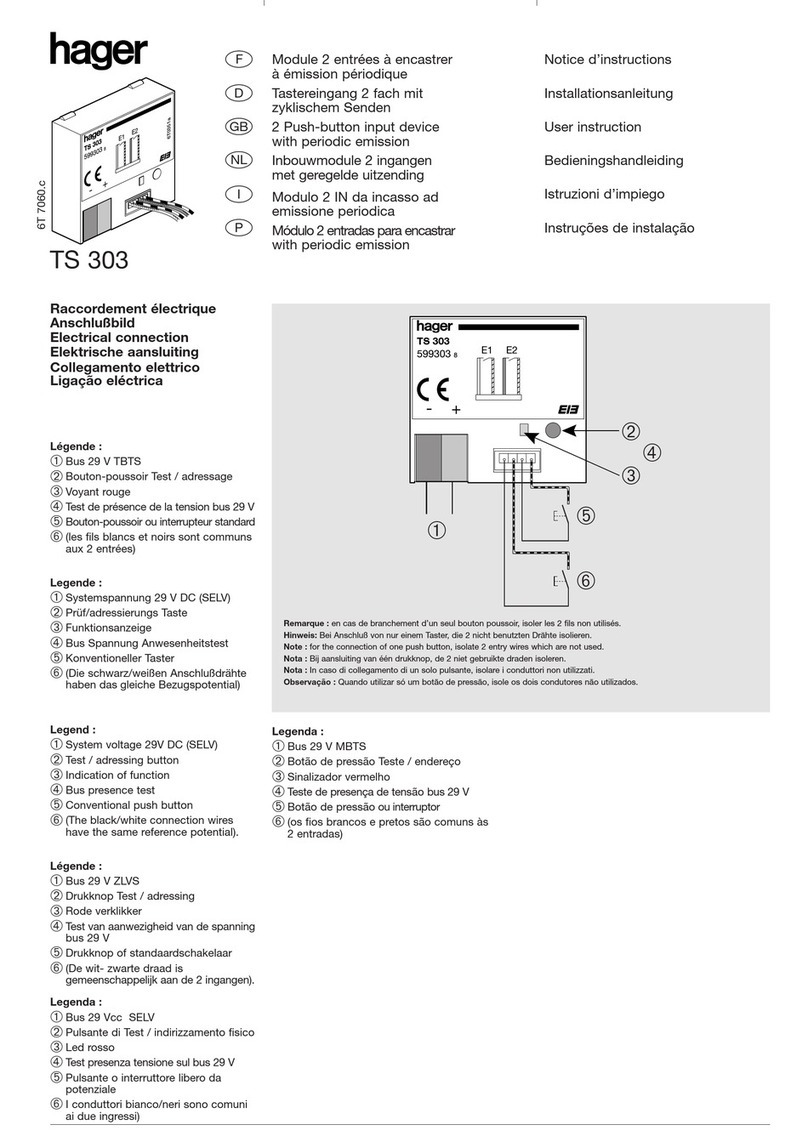
hager
hager TS 303 User instruction
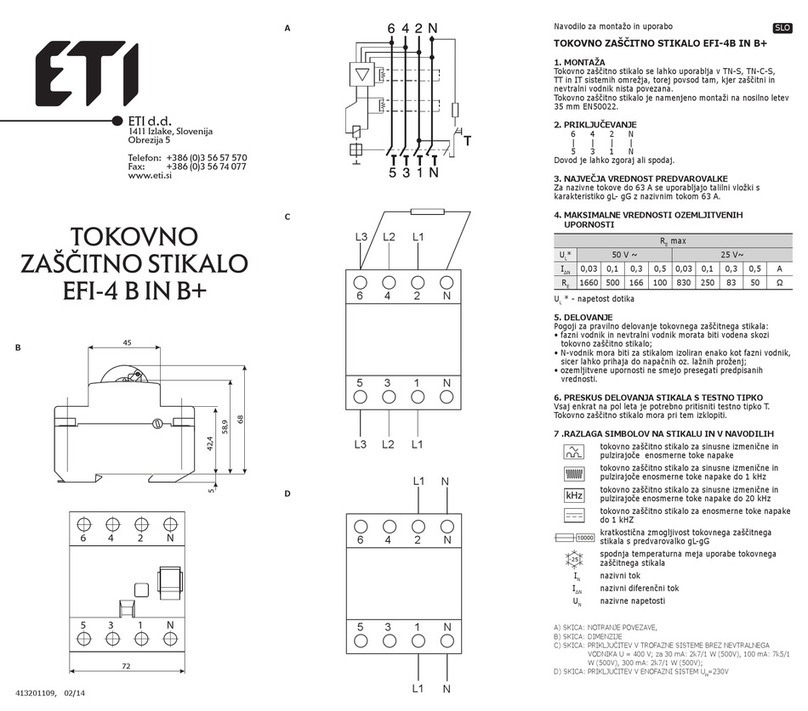
ETI
ETI EFI-4B Instructions for mounting

Gladiator
Gladiator GCB150 Installation instruction
